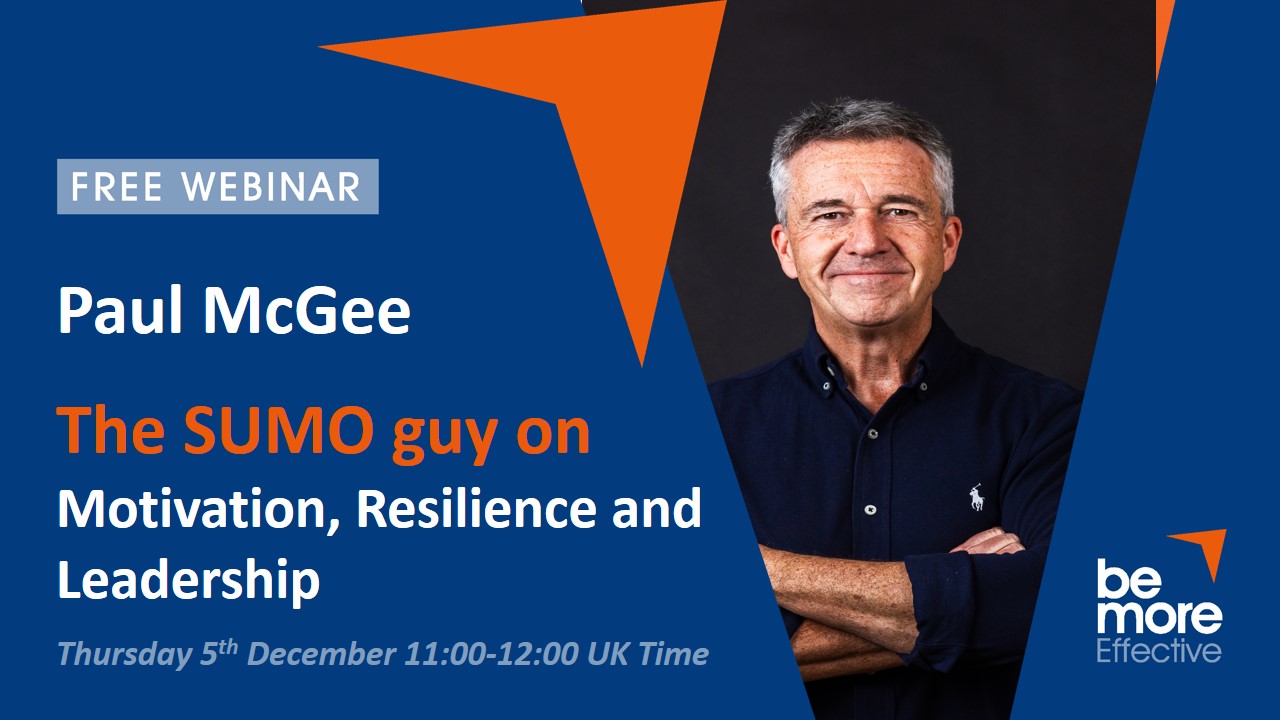How learning the art of persuasion can help you progress your career

Why do people rise in the ranks? For two simple reasons.
1. They can get things done well and
2. Because they can bring others with them. The one thing that separates an authentic leader from others is that leader has willing followers.
Persuasion is not about winning a one-time argument and losing a team member’s discretionary efforts as a result. Persuasion creates friends, allies, and collaborators who are with you for the long haul. And the good news is you can learn to persuade be you extrovert or introvert.
Authentic persuasion happens in the open, it engages all parties reasonably and consciously; their thinking, their emotions, and their behaviour. Persuasion is the process of guiding people toward the adoption of a new or different idea, attitude, or action by dialogue or interaction – willingly and without duress or pressure.
With persuasion, there is no trade. In negotiation and selling there is a trade under discussion. With persuasion I see something this way – you see it that way, and somehow, I must get you to accept the way I see it.
How to learn to persuade more effectively?
Persuasion is a skill – part psychology – part human relationships – part communication so you start by studying some key aspects of each.
Self-Awareness:
One key principle is self-awareness, recognising that the way we each see the world is different. Even when two people are standing side by side looking at the same thing, the minor differences between them mean that they see even the same things differently. Simply understanding that, accepting that differences are normal means that you will approach persuasion more effectively.
Behavioural Flexibility:
An old rule of human relationships was to treat people the way you wish you to be treated yourself. That strategy doesn’t work too well. What is required is to treat people the way they wish to be treated. This requires us to be more flexible in the way we behave and communicate with others. That flexibility, treating people more in line with their preferences makes you more persuasive.
Creating a shared pool of mutual understanding:
Often communication is seen as a broadcast, even with one to one conversation, verbal or written. Sadly, many people consider that the whole point of the conversation is to tell you their story, their opinion or their view of the world. By shifting the purpose of communication to one of creating a shared pool of mutual understanding, genuine common ground, you have a much greater chance of persuading someone.
Ethos, Pathos, Logos
The most commonly accepted and used principles of persuasion today are based on Ethos, Pathos & Logos, and on the teachings of such great Greek philosophers such as Plato, Socrates, and Aristotle.
- Ethos – Personal credibility
- Pathos – Empathy
- Logo – Logical argument
These three are sequential. Establishing credibility first is critical as without it the other person is unlikely to listen, pay attention and believe what the other person is saying. Next the persuader can attempt to understand the other person and see things from their point of view. If this appeals to the other person, common ground might be established, then the person being persuaded is more likely to listen to the persuader when it comes to putting across their point of view.
PERSUADE as sequential process
Often in our quest to get our messages heard, it is sometimes worth remembering that less is more and simplicity in our approach can serve us well. As Albert Einstein is supposed to have said "Everything should be made as simple as possible, but not simpler."
So, let us look at a model that can help keep our approach simple, yet highly efficient, as we seek to persuade people. This acronym is a sequential process that will enable us to test the integrity of our approach to influencing others.
P Planning & preparation
- What do you want to achieve?
- What is their knowledge of it?
- What is their mood?
- What are their concerns?
E Expand your understanding
- Ask them questions
- Listen to their point of view
- Share and understand their concerns
- Demonstrate of their view
R Rationalise
- Use objective criteria to assess the situation
- Be clear about the issues
- Clarify key drivers, opportunities for everyone involved
- Clarify key benefits they would ‘buy’ into
S Summarise
- Demonstrate you do understand the key issues
- Get agreement on a shared mutual pool of understanding
U Understand the person
- Get agreement the potential opportunity and potential benefits to be accrued
- Understand the person; consider style and approach
A Address/answer the issues
- Give answers to the issues involved
- Use facts and reasons
- Provide solutions
D Deliver benefits
- Use matching benefits
- Use FAB – Facts And Benefits
- Connect to their needs, motivators in ‘’
- Use drivers such as save, increase, improve, reduce, gain
E Evaluate outcome
- Check understanding
- Get clarity of common thinking
In summary:
Chinese Proverb “That which proves too much, proves nothing!”
Like all things, when it comes to making progress we are encouraged to go ‘back to basics.’ This is encapsulated best in Steven Coveys’ masterful book ‘7 Habits of highly effective people’. Habit number five is “seek first to understand before you seek to be understood.” Wise words!
What more elegant way to live up to Steven Covey’s quotation can there be but to follow the PERSUADE model. With this model to assist you, you can plan and prepare more efficiently. Taking the model’s lead will ensure that your insights into your prospect’s style and temperament are considered. It will provide you with the insight to clarify some objective criteria and gain agreement from those you wish to persuade. The PERSUADE model will support your ideas and assumptions, and you can determine if they are valid by use of a summary. With that broad understanding, you can present your proposition to address the issues phrased in a manner best suited to the person you wish to persuade by highlighting values that are meaningful to them. The PERSUADE model also encourages you to evaluate the outcome of your approach by assessing whether you have achieved your objective, and, if not, what you should do next. Either way, there are likely to be many ways that you will discover that will help to improve your skills of persuasion for the next person and topic.
If you want to develop your skills of persuasion – this International Best Seller is a great next step
USA - https://www.amazon.com/Persuade-persuade-anyone-about-anything-ebook/dp/B07H7TZFK8/
UK - https://www.amazon.co.uk/Persuade-persuade-anyone-about-anything-ebook/dp/B07H7TZFK8/
For more information please send a message via the Contact Us Page. Or you can register for an upcoming webinar.


